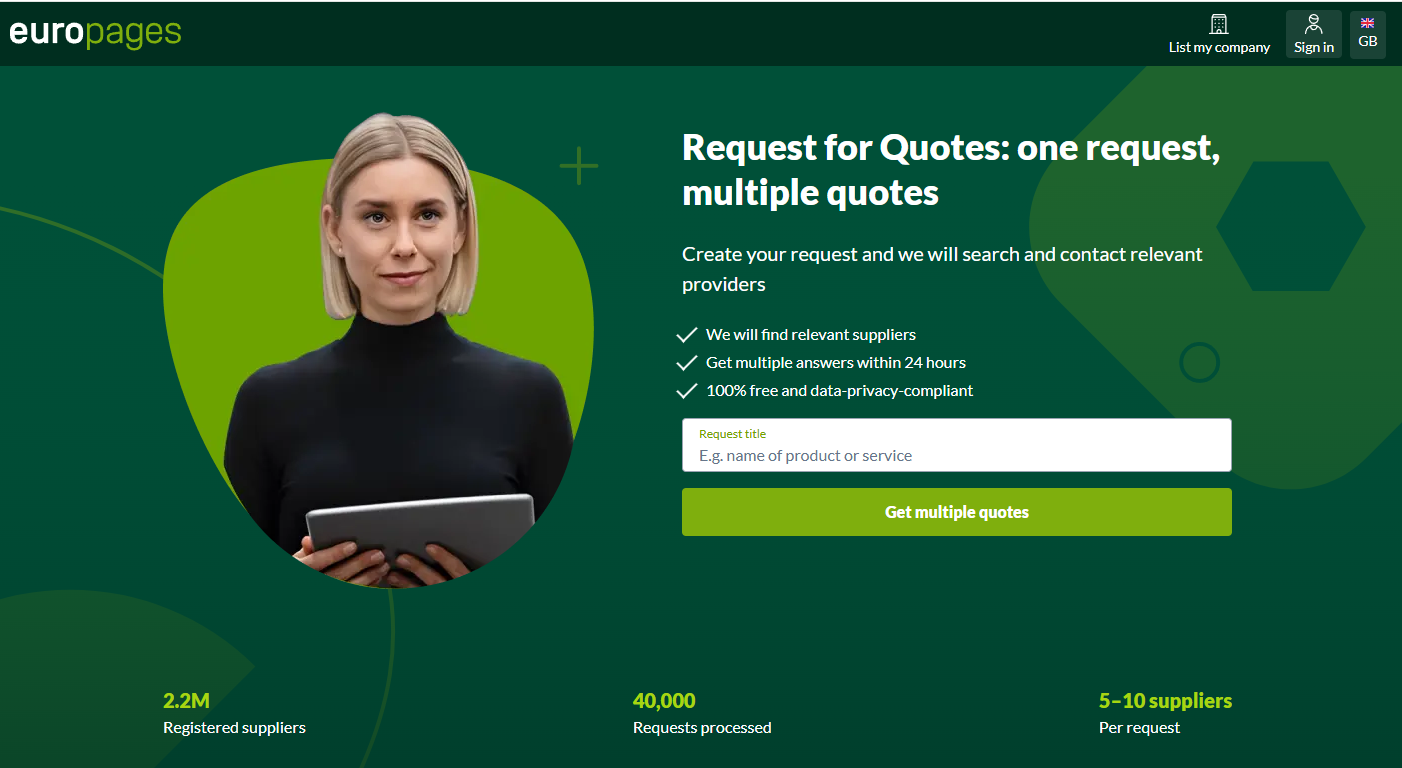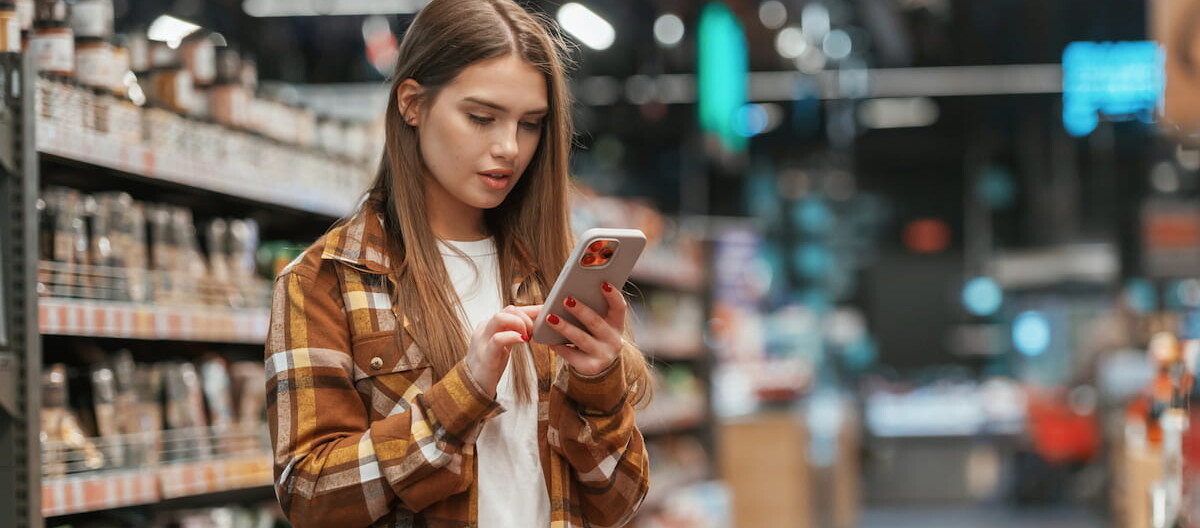Overview
- Viral Trends Steering Supermarket Shelves
- Procurement Strategies Adapting to TikTok Trends
- Regulation and Business Impact of TikTok in Europe
- Key Takeaways for B2B Buyers
1. Viral Trends Steering Supermarket Shelves
One week it’s pistachio chocolate. The next, it’s matcha lattes. European supermarkets, once known for stable, predictable assortments, now scramble to stock whatever TikTok makes famous.
For B2B buyers, tighter product cycles and unpredictable supply chains mean procurement has to move faster than ever.
What used to take months now happens in just days. Quick supplier onboarding, shorter lead times, and smaller, more flexible orders are becoming standard to handle demand swings without ending up with too much stock.
But keeping up this pace isn’t easy, especially when viral trends suddenly cause supply shortages and prices to spike.
The Dubai chocolate craze, for instance, sent pistachio prices soaring from €6.68 to €9.00 per pound in just a year. And even ramped-up production couldn’t prevent matcha shortages as demand outpaced forecasts.
With many trending ingredients sourced from geographically concentrated regions like California and Iran, supply chains are exposed to disruptions from extreme weather, geopolitical shifts, and export controls.
For B2B buyers, the only way to keep up with rising stakes is to quickly find reliable suppliers through efficient multi-sourcing. This approach improves flexibility, increases bargaining power, and reduces the risk of disruption if a single supplier cannot deliver.

2. Procurement Strategies Adapting to TikTok trends
The days of long product launch cycles are over. Businesses now deploy social listening and AI to identify TikTok trends at their earliest stages. Product timelines that once stretched over several months are now condensed to a few weeks, and sometimes even days.
To avoid disappointing customers or overloading supply chains, some supermarkets are introducing purchase limits. For example, restricting customers to two bars of viral Dubai chocolate to manage supply strain during demand peaks, while putting pressure on chocolate suppliers to keep up.
Meanwhile, private labels and large retailers like Lidl move swiftly to develop and launch their own versions of trending products. These white-label alternatives allow supermarkets to offer in-demand items at competitive prices while strengthening their brand positioning.
3. Regulation and Business Impact of TikTok in Europe
TikTok is undeniably a major driver of trends across Europe. But since 2024, TikTok has been under specific scrutiny for how its algorithm rapidly drives consumer behavior.
The EU’s Digital Services Act (DSA) has been targeting platforms like TikTok to improve content moderation, protect minors, and increase algorithm transparency.
Some countries, such as France and the Netherlands, have launched their own national investigations into TikTok’s data practices and the addictive nature of its short-form videos.
Meanwhile, Denmark and Belgium are considering restricting TikTok’s availability in schools and public institutions, and the European Commission itself banned TikTok from employee work phones.
These legal actions could eventually slow the platform’s influence or reshape how trends spread in Europe.
All this instability means businesses can’t take TikTok’s influence for granted anymore. The platform’s reach might shift, and the way trends catch on could change too.
So, companies relying on TikTok for marketing or spotting new trends need to stay flexible, keep an eye on evolving rules, and maybe diversify their channels to avoid getting caught off guard.
Despite the uncertainty, TikTok remains a powerful tool for tapping into fast-changing consumer demand, as balancing the opportunity with compliance is the name of the game right now.
4. Quick Takeaways for B2B Buyers
- TikTok is undeniably a major trend source for businesses, rapidly influencing consumer demand across Europe.
- TikTok trends can trigger sudden, unpredictable demand spikes. Procurement cycles must adapt accordingly.
- Multi-sourcing strategies reduce dependency on single suppliers and improve supply chain resilience.
- Social listening tools, AI-based trend analysis, and online B2B platforms enable faster data-driven procurement decisions and actions.
- Private label development offers a rapid, cost-effective way to capitalize on emerging product trends.
- Proactive risk management is essential with flexible contracts, inventory buffers, and diversified supplier bases.
- EU regulatory changes may impact TikTok’s future role in shaping demand, so ongoing monitoring is key.
For B2B procurement professionals, particularly in the food industry, the challenge is to stay ahead of viral demand without losing sight of supplier stability, cost control, and sustainability.
For more insights on emerging trends and the food industry, check out the latest articles on the europages blog Inside Business:
Eat Your Way to Health: The Rise of Sustainable Foodceuticals
Why the Matcha Crisis Is Hitting Hard Globally
Goodbye French Wine? New Trends in Wine Offers for 2025
10 Trends Reshaping the Supplier of Frozen Food Industry in 2025

